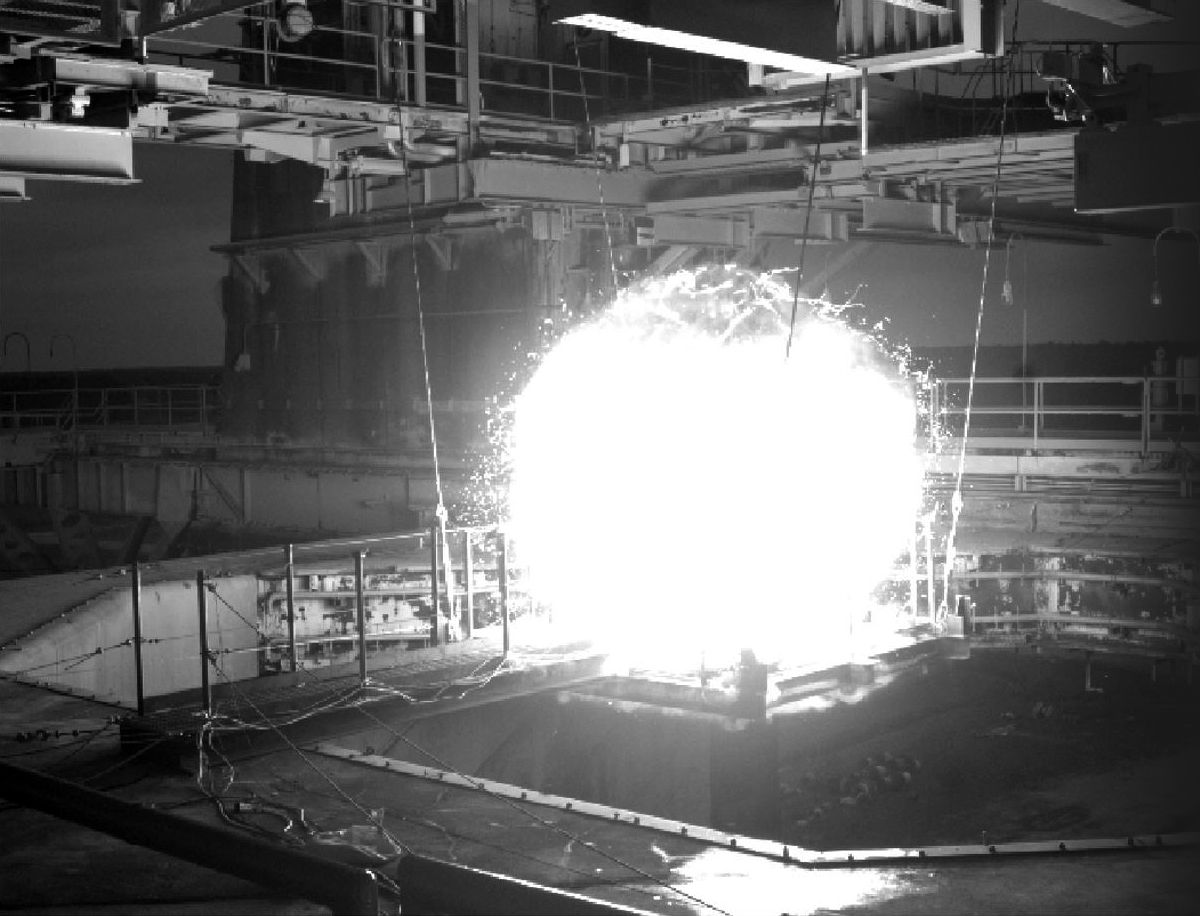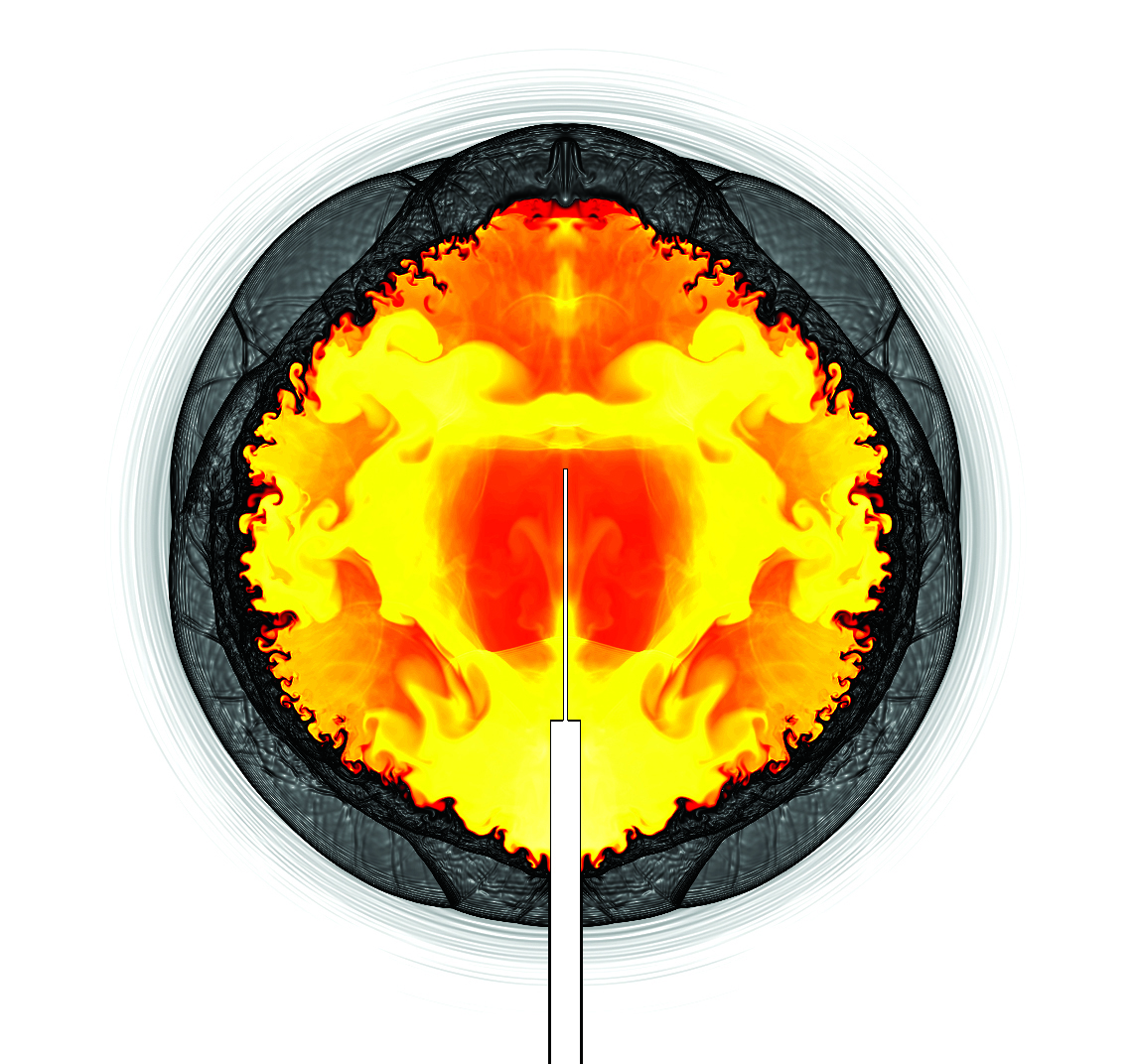Download PDF: Advanced Modeling of Rocket Explosion Events
A new capability for modeling propellant explosion events has been developed. Testing and launching of chemical rocket propulsion systems inherently involve the risk of large energy explosions. The ability to predict these blast environments is critical to the safety of the facility, test article, and possibly flight crew members. NASA’s current standard is to utilize conservative analytical engineering methods to estimate the explosion energy and subsequent blast propagation for maximum credible events. These methods typically first assume a detonation event occurs and then equates the propellant vapor cloud explosion to a high-density explosive. While this methodology is adequate for providing blast overpressures at sufficient distances from the detonation source, it lacks the fidelity to predict the near-field explosion dynamics. In addition, it is incapable of directly assessing the probability or severity of the explosion event.
The current technology was accomplished by leveraging work done as part of a recent NESC investigation into developing validated tools for blast wave propagation modeling. While significant accomplishments were made during that investigation, one of the key recommendations was to determine a valid and engineering-level approach for predicting vapor cloud explosion sources. This was the key motivation for an FY15 Center Innovation Fund project at Stennis Space Center (SSC) that focused on robust and accurate computational fluid dynamics (CFD) modeling for hydrogen combustion and explosion dynamics. The new technology was implemented in the Loci/CHEM CFD tool suite, which originally was developed by Mississippi State University. The results of this effort in predicting the occurrence and effects of hydrogen propellant deflagration and detonations were documented recently in the NASA Technical Publication, NASA/TP-2016-219220.
Application of the new explosion modeling technology was conducted recently to address concerns regarding potential hydrogen explosions on the SSC B-1/B-2 Test Stands. Specifically, it was necessary to quantify the impact of possible explosion scenarios on the SLS Core Stage. A team from SSC, MSFC and Bangham Engineering, Inc., exploded balloons filled with hydrogen-oxygen mixtures. A snapshot of one of the explosion events is provided in Figure 1. Blast probes were positioned throughout the test facility to obtain the overpressure environments generated. CFD analyses of the hydrogen-oxygen balloon explosions were also conducted with the newly developed modeling tool. A visualization of the shock and compression waves predicted for the explosion is shown in Figure 2. These types of results provided a greater understanding of the flame-acoustic coupling that was occurring in the combustion zone. In addition, the CFD modeling approach was proven to predict both the near- and far-field overpressures with excellent agreement to the empirical data obtained. Current efforts are now focused on expanding the modeling capability to include hydrocarbon propellants.
For more information, contact:
Danny Allgood, Stennis Space Center, daniel.c.allgood@nasa.gov



























